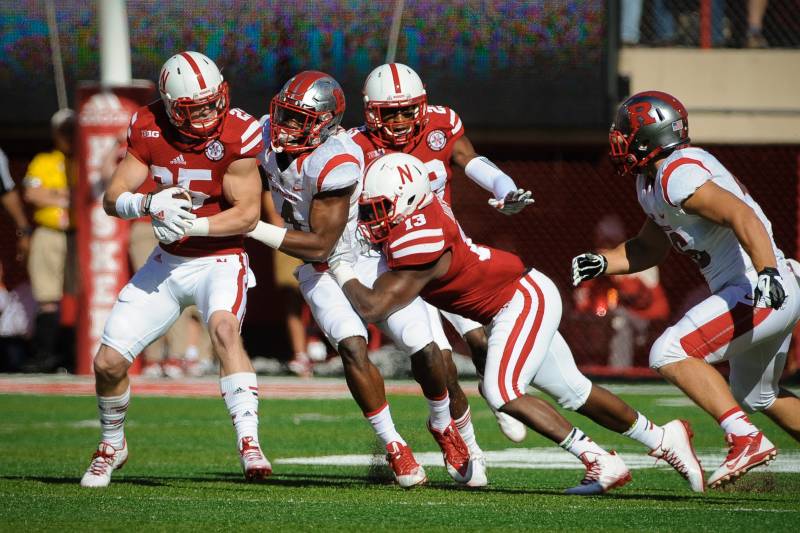The most recent era of conference realignment in college athletics settled following Big Ten and ACC expansions which moved the leagues to 14-members in 2014. These moves widened the geographic footprint of their leagues for cable subscription purposes, in particular to capture New England cable subscriptions.
The move was widely successful financially for the Big Ten Conference, touting an eleven state geographic footprint with numerous coveted media markets spanning from the plains of Nebraska to the Jersey Shore. Each institution in the Big Ten Conference receives an estimated $50 million per year from conference media revenue, which has made coaching hires easier and facility improvements much more massive. These moves all made sense until the COVID-19 shook America to its core.
The Big Ten Conference announced Thursday a “conference-only” scheduling model on Thursday to better handle the response to the COVID-19 pandemic. The league will play ten conference-only matchups in the upcoming Fall 2020 football season.
From a financial and health standpoint, all 14 members of the Big Ten Conference have the financial resources to create uniform and robust testing protocols to alleviate the spread of the pandemic on their member campuses. One set of protocols in-league, compared to a wide degree of testing and prevention methods in other leagues is one facet that can make administrators (and university legal counsel) sleep a little easier at night, especially by eliminating games against Group-of-Five and FCS programs without the financial resources for robust testing. From this aspect, the Big Ten’s move is a very sound decision.
The decision still leaves many scratching their heads, especially in the Midwestern portion of the Big Ten where numerous football opponents of a variety of conferences were scheduled with teams in the conference. The University of Nebraska was scheduled to face South Dakota State University, their neighbor to the north. Across the Missouri River, the University of Iowa was scheduled to face Iowa State University and the University of Northern Iowa, one in the fellow Power Five league Big 12 Conference, and another in the FCS.
While ensuring testing protocols may have been a hiccup for FCS institutions, these games allowed ease of transportation (busing instead of flying) for football teams, meaning a 90 minute trip from Cedar Falls to Iowa City, or a 4-hour trip from Brookings to Lincoln, compared to a cross-country flight to State College, PA or Piscataway, NJ from Lincoln or Iowa City.
The question must be asked: Is it safer to have one set of safety protocols league-wide, if the league covers two time zones and almost 1,300 miles of differences in the COVID outbreak? Wouldn’t it be safer for schools like Nebraska to play South Dakota State and Northern Iowa of the FCS, or Iowa State, Kansas State and Missouri of fellow Power Five conferences? These schools, located within 3-4 hours bus from campus, are much less of a logistical nightmare than figuring out how a group of athletes in Nebraska can compete in New Jersey.
Not only do these match-ups make more sense geographically in a time of peril for the country, but they make more sense from a viewership and fan interest perspective too. Nebraska vs. Kansas State and Iowa State vs Iowa is a lot more interesting than Nebraska vs Rutgers, or Iowa vs Maryland will ever be. Schools are suddenly strapped for cash, and games worth watching are at a premium more than ever. The cable bubble which led these realignment moves has also never been closer to popping.
Perhaps we’re realizing that conference realignment didn’t provide us everything we had bargained for as schools jumped ship to greener pastures in the cable television era. Perhaps the COVID-19 pandemic will be a catalyst for returning college athletics to conferences and scheduling which more resemble the viewing interests of actual fans than the interests of cable subscribers in far-away cities.

